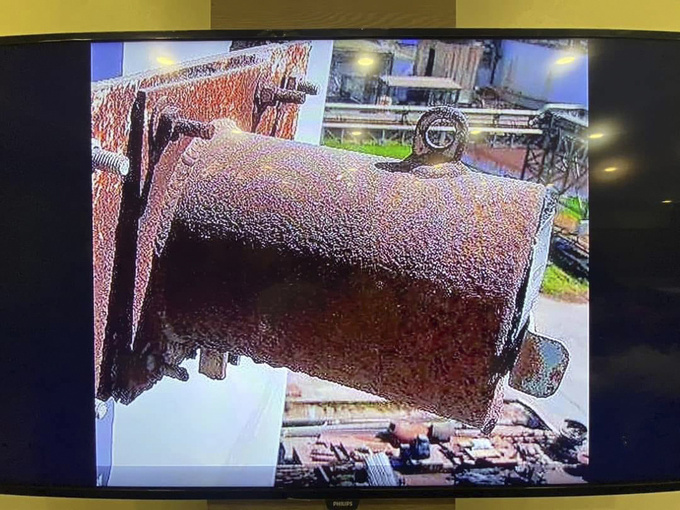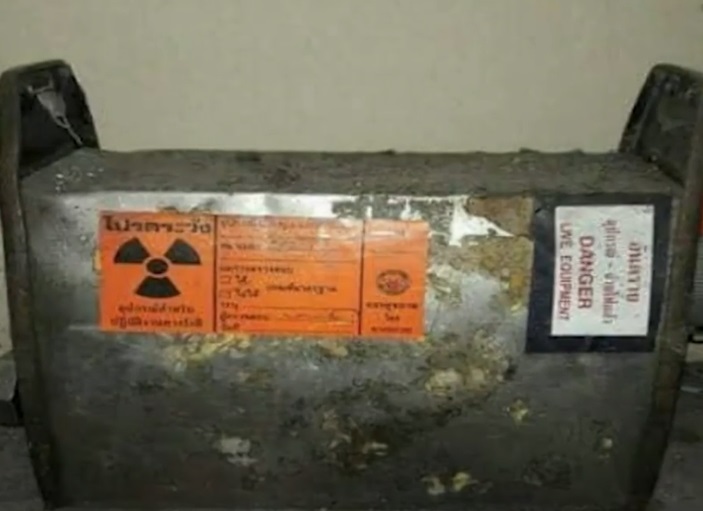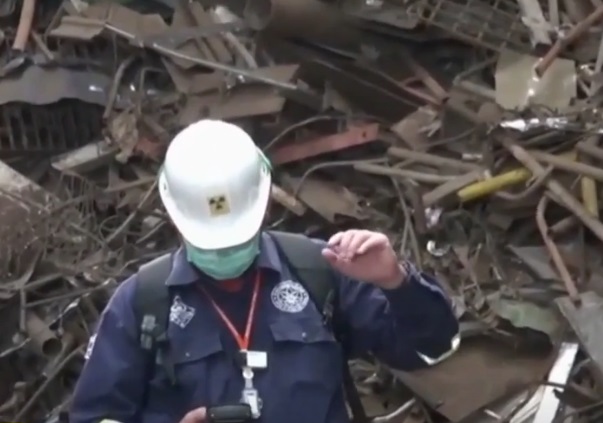Thailand’s lost & found Caesium-137 cylinder
A radioactive cylinder containing Caesium-137 used in a power plant in Prachinburi, a province known for its national parks such as Khao Yai, was reported missing on 10 March 2023, prompting a search. Local authorities said they found the missing cylinder in a smelting factory in the same province on 20 March.
Here’s what you need to know about the situation.
Authorities say they found the missing cylinder

Image credit: Prachinburi Provincial Public Relations Office/AP News
The missing radioactive cylinder has been found in a smelting plant in Prachinburi, according to local authorities on 20 March 2023. The authorities are still investigating whether the cylinder has been fully smelted, said Prachinburi Governor Ronnarong.
The governor also added the cylinder appeared to have been smelted in a closed-loop system at the plant. No leaks have been detected thus far, according to the governor.
The Thai Ministry of Health has said that no health issues related to radiation exposure have been found in Thai hospitals since the cylinder went missing. The 70 smelting plant workers have tested negative for radiation exposure and are being monitored for symptoms.
What is Caesium-137 & what is it used for?
Caesium-137, or Cs-137, is a radioactive isotope that is used in industrial measuring devices, typically to detect the flow of liquid through pipes or the thickness of materials. Isotopes are versions of atoms of a chemical element. Each isotope is a variant containing a different number of neutrons.
The name of an isotope is derived from its mass number. In Cs-137’s case, it has a mass number of 137, hence its name.
The Cs-137 readily binds with chlorides so is usually found as a powder or dust, but is otherwise liquid at room temperature.
It has a half-life of approximately 30 years, meaning that if leaked it could be a danger to Thai people for hundreds of years.
How can I get exposed to it & how will it hurt me?
Exposure to large amounts of Cs-137, such as in industrial settings and power plants, can cause burns, radiation sickness, and possibly death. Radiation sickness includes symptoms like nausea, fatigue, vomiting, and diarrhea.
It can also increase the risk of cancer. Internal exposure to Cs-137, through eating or breathing in dust particles, can cause muscle tissues inside the body to become cancerous.
When did the cylinder go missing?

Image credit: Thairath
The cylinder was initially reported missing from a power plant on 10 March 2023. The National Power Plant 5A Company, responsible for the power plant in which the cylinder went missing, said that the cylinder could have been missing since late February.
Authorities believe that the cylinder was stolen to be sold as scrap metal.

Image credit: Thairath
What are some of the consequences of this alleged mishandling so far?

Image credit: Thairath
The National Power Plant 5A Company will be charged with delaying the reporting of the missing cylinder by Thai police. The punishment for the charge is a fine of up to ฿100,000 (~2920 USD) and up to one year in prison.
Stay informed of the developing story
With the situation still developing, one of the best ways to ensure that you and your family remain safe is to stay informed.
You can follow the story on local outlets such as ThaiPBS or the Bangkok Post.
Other news in Thailand:
- Thai man mistakenly drives 850KM to Ranong
- Baker gets instant noodle & boiled egg cake order
- House turns into zoo when snake & chicken wander in
Cover image adapted from: Prachinburi Provincial Public Relations Office/AP News and Thairath

Drop us your email so you won't miss the latest news.






